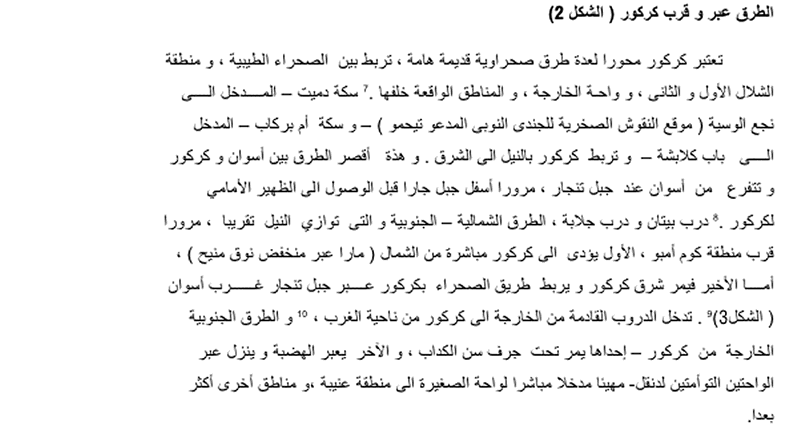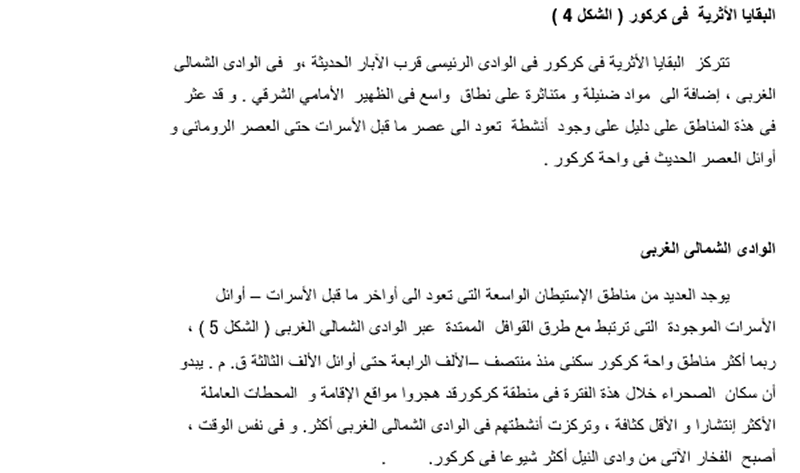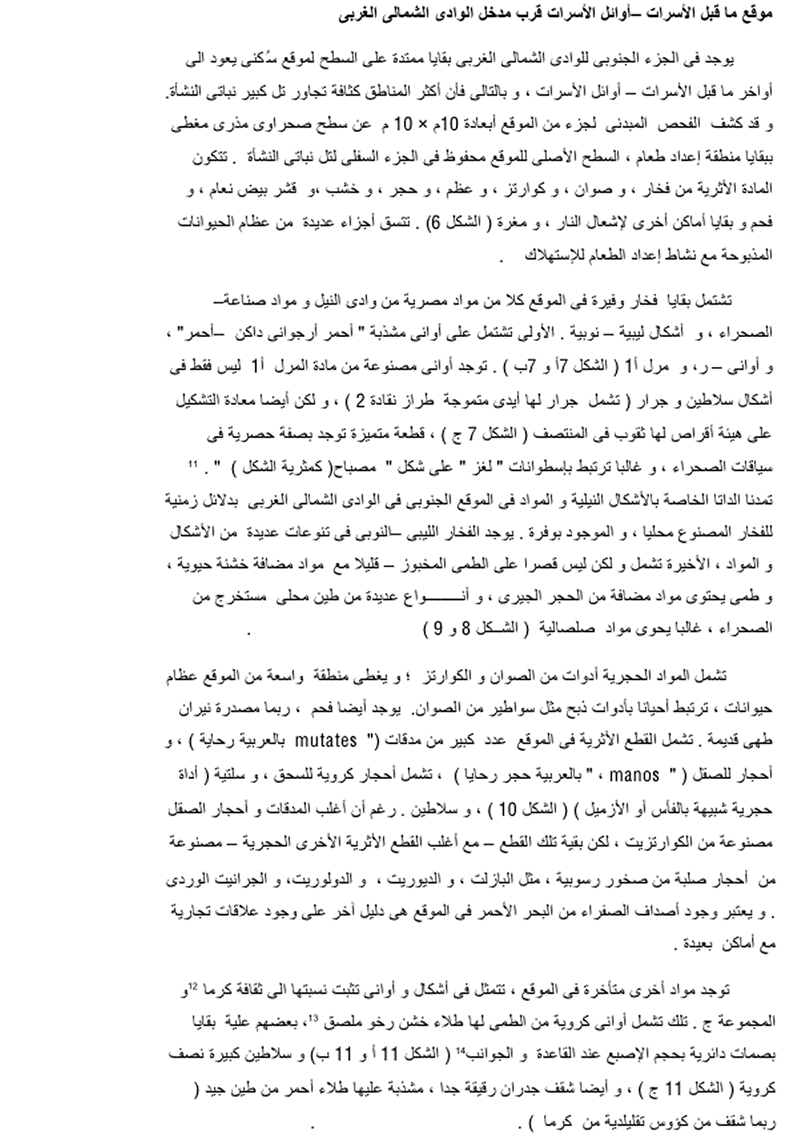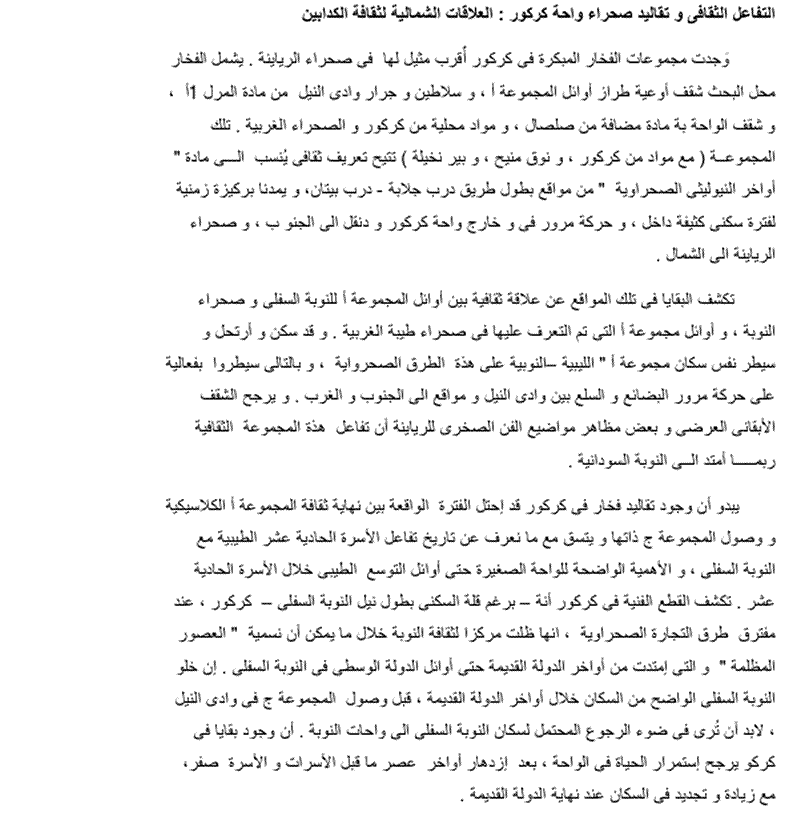The Archaeology of Kurkur Oasis, Nuq‘ Maneih, and the Sinn el-Kiddab in Arabic

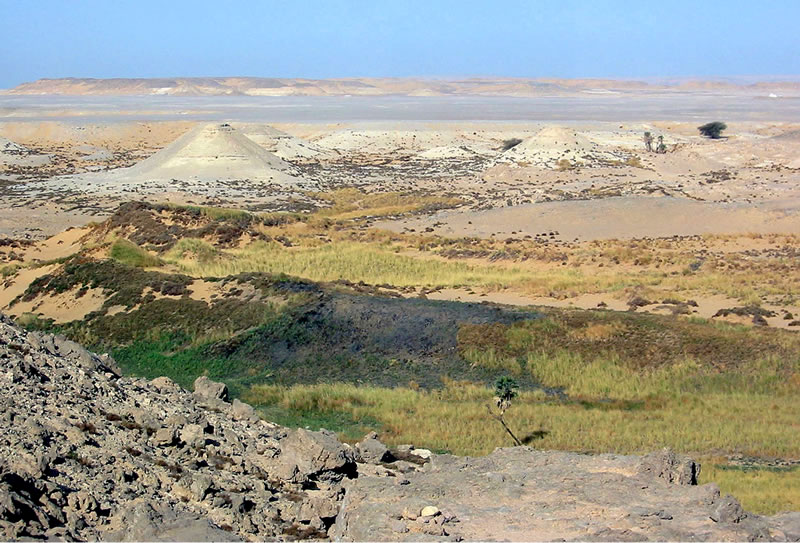

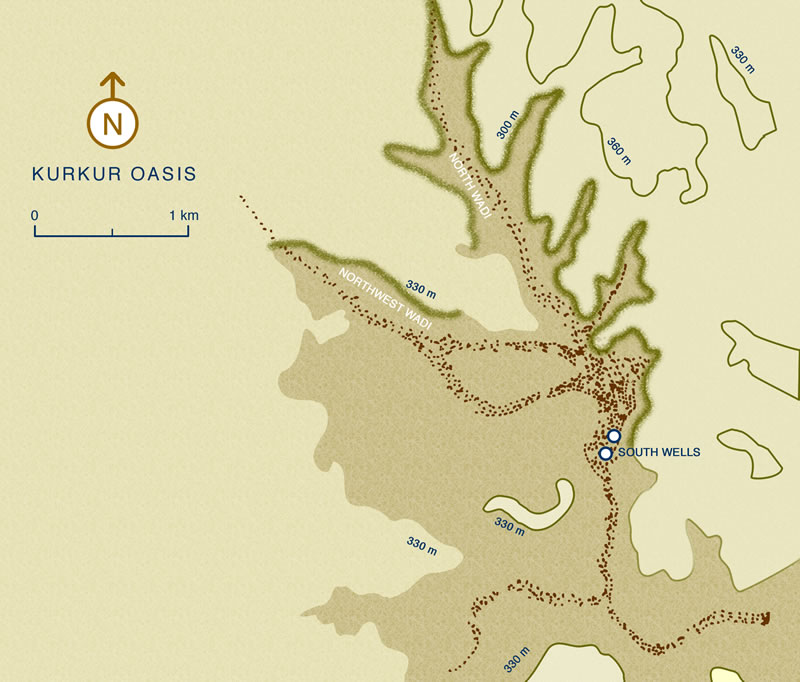

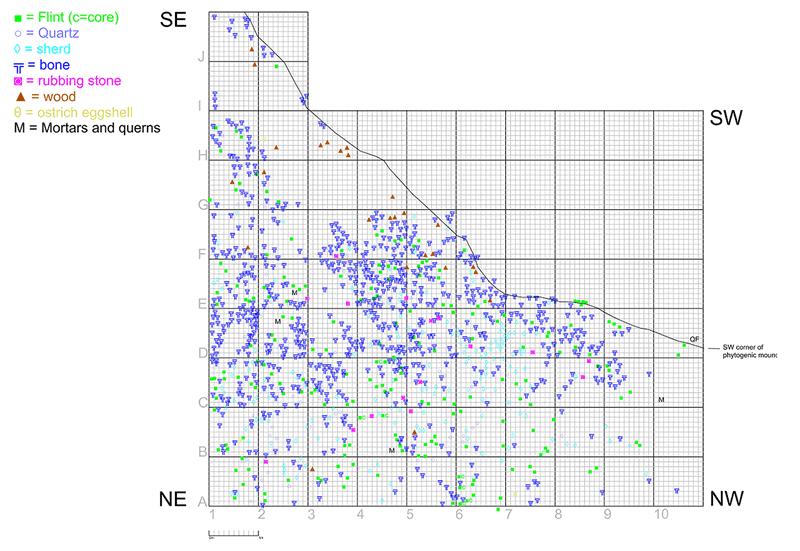


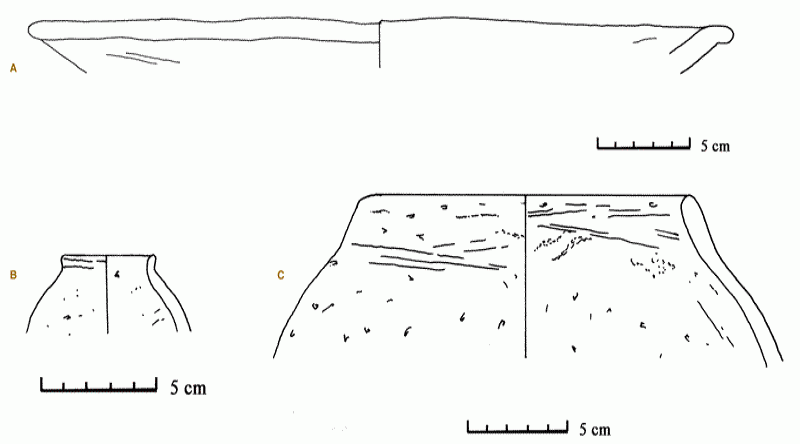
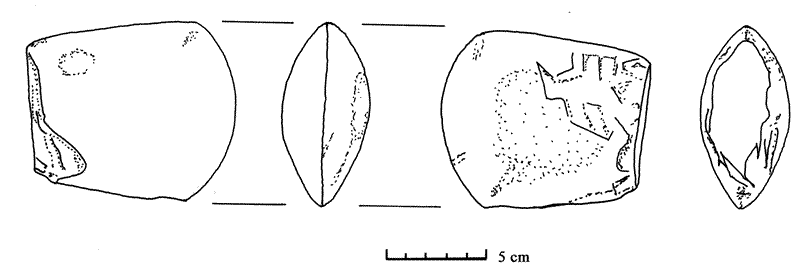
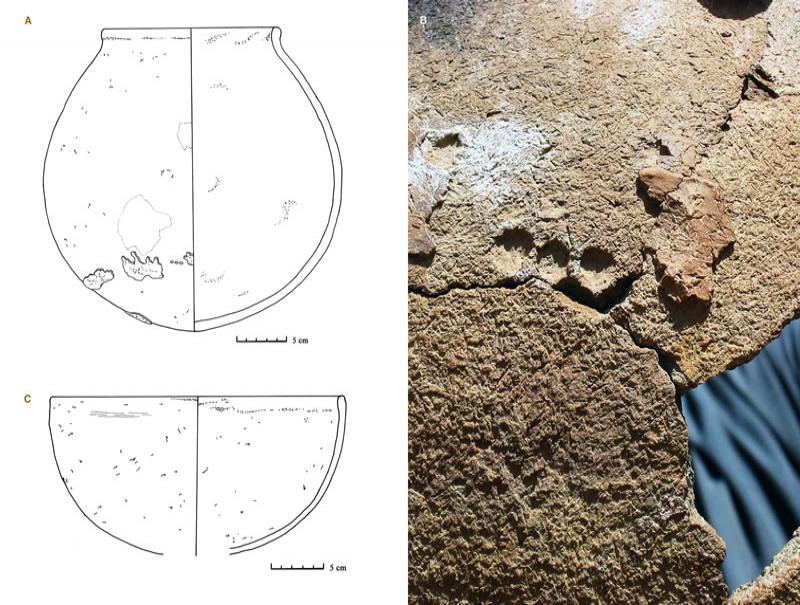
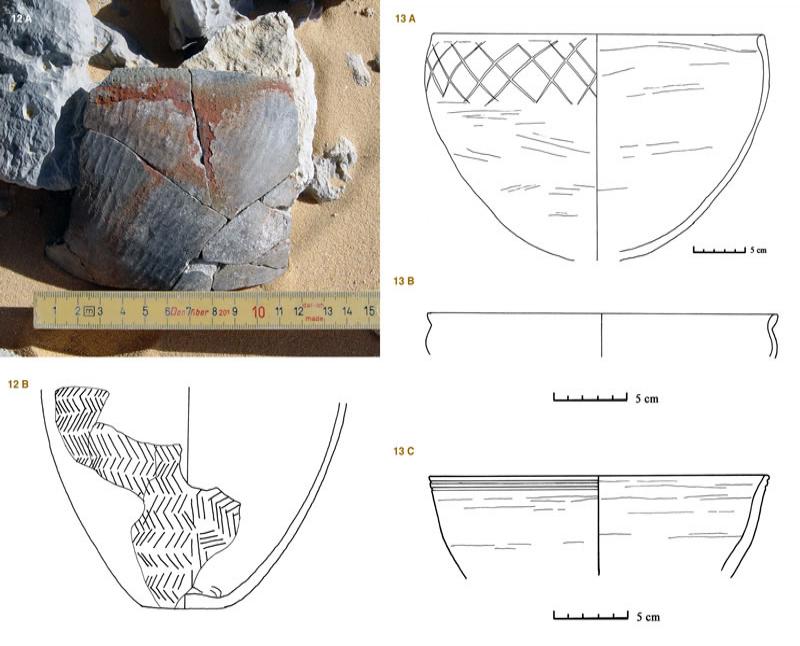
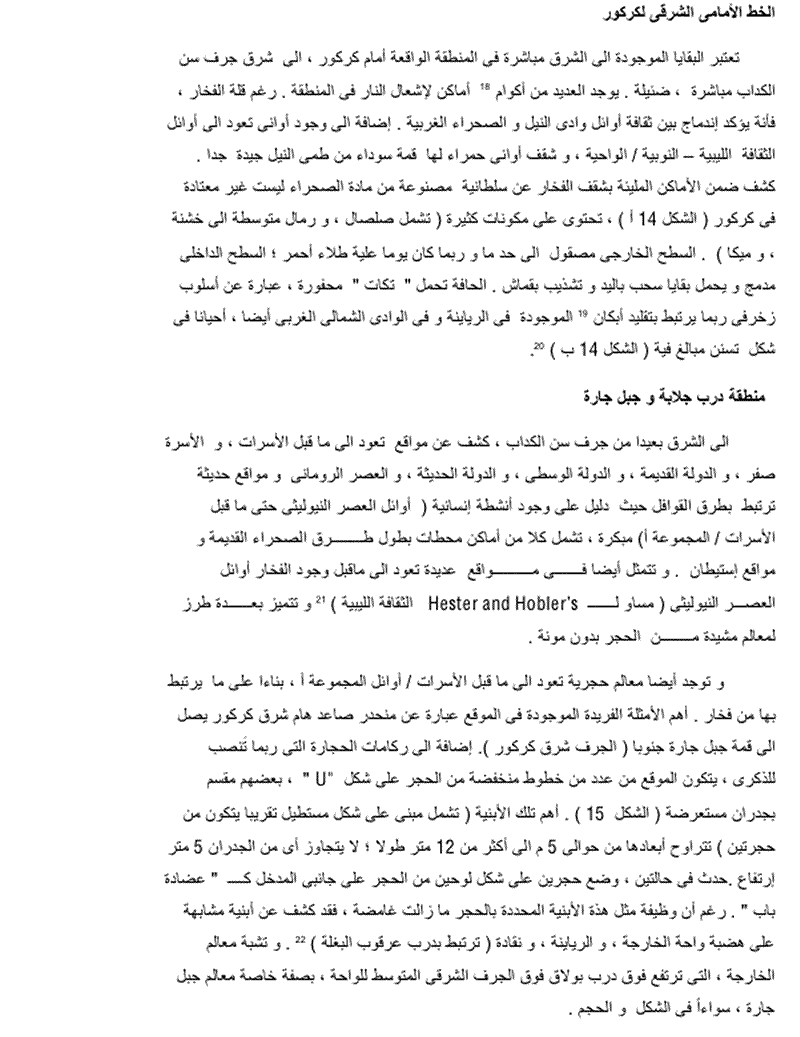
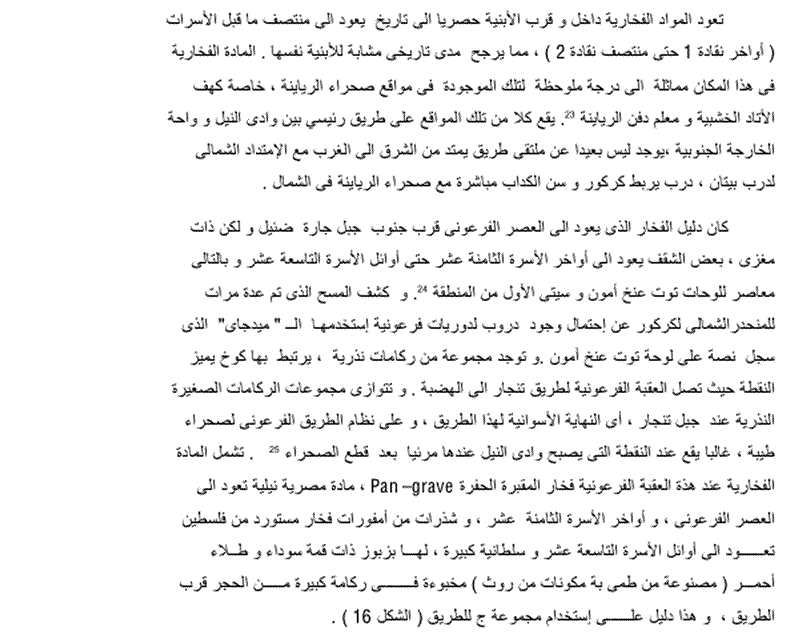
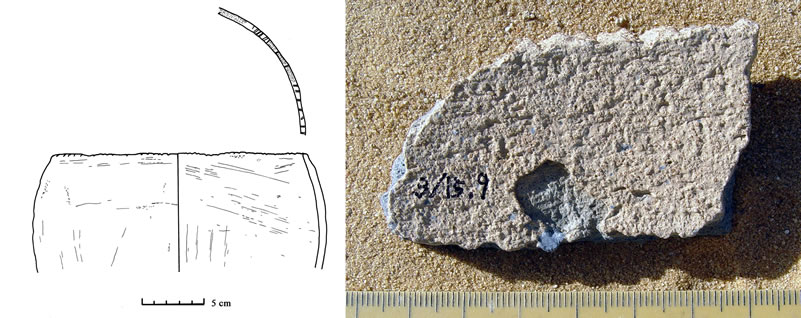


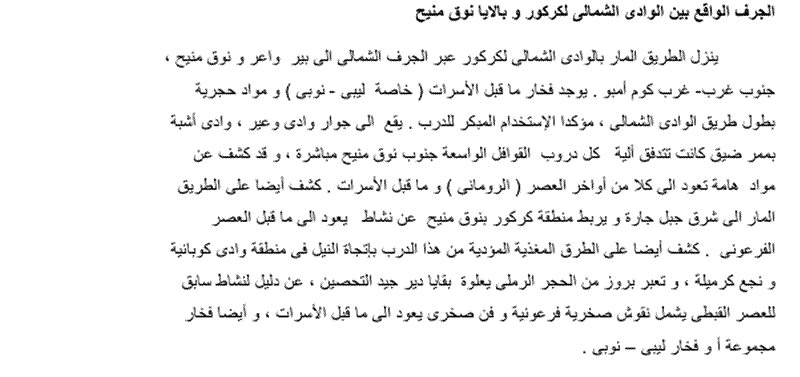
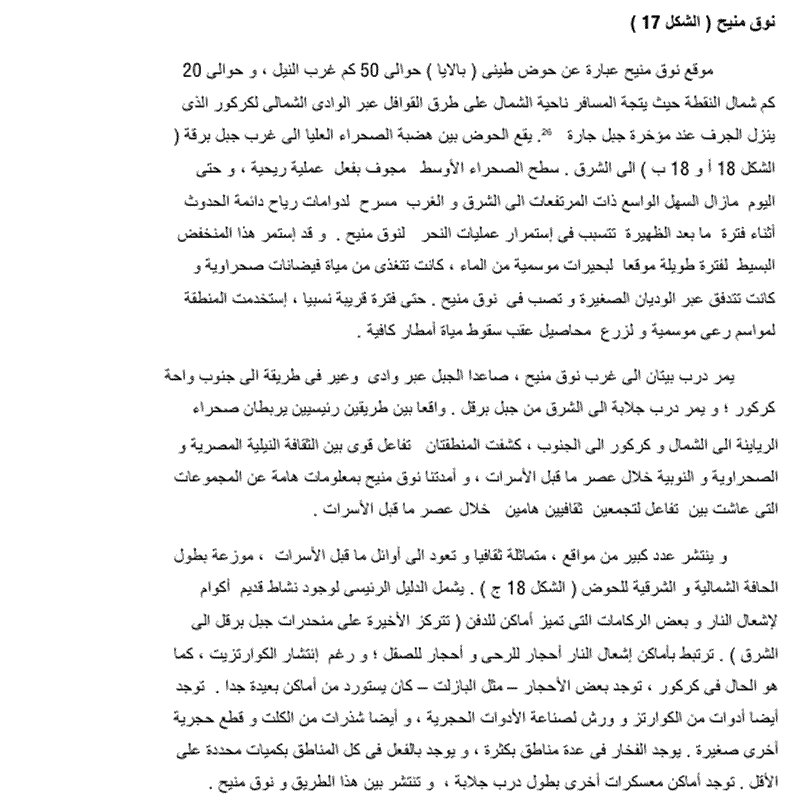
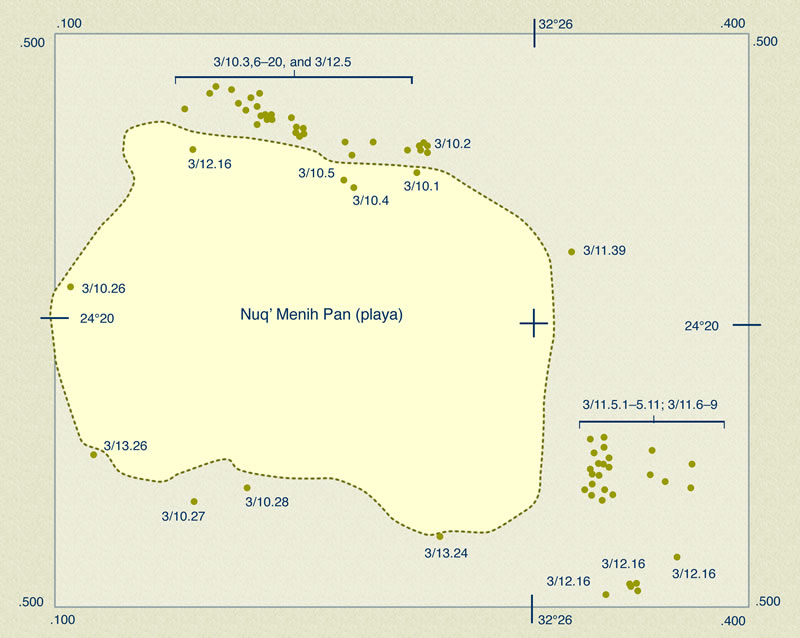


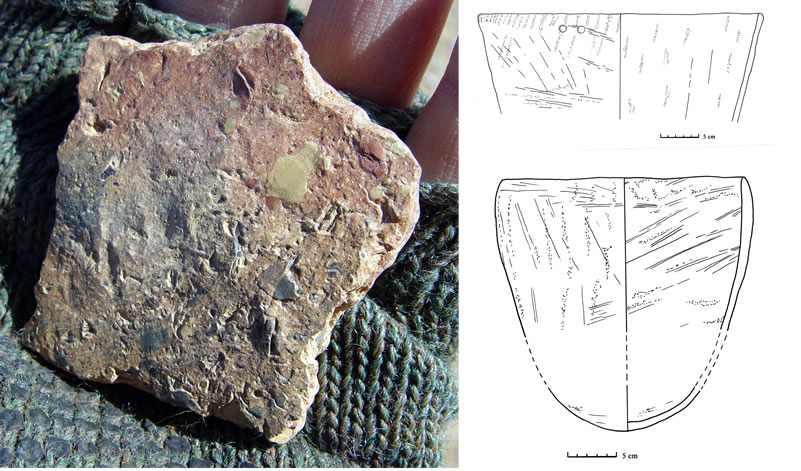
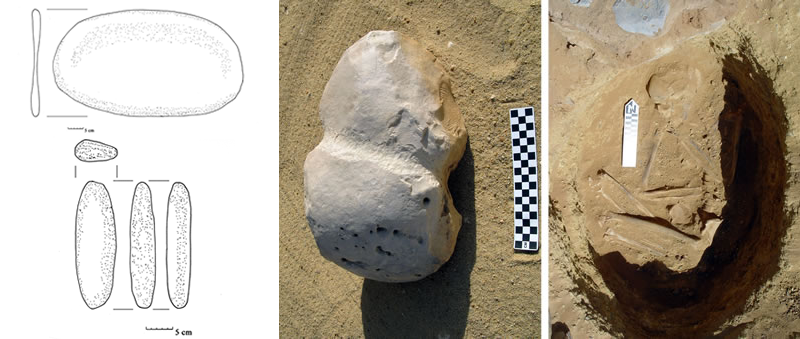
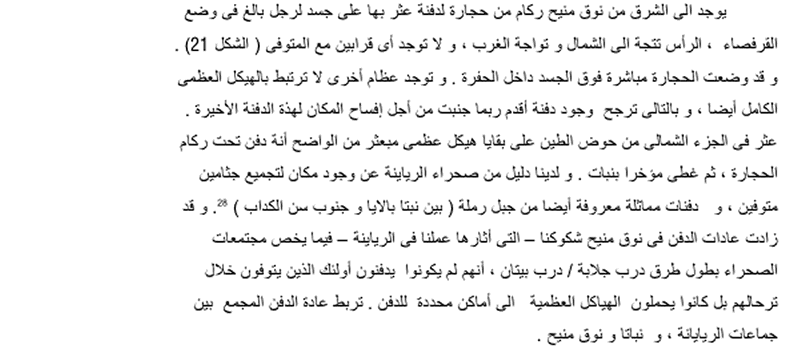
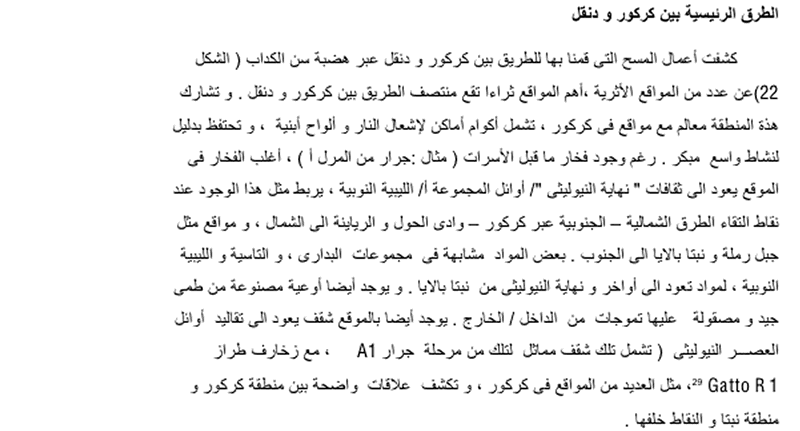
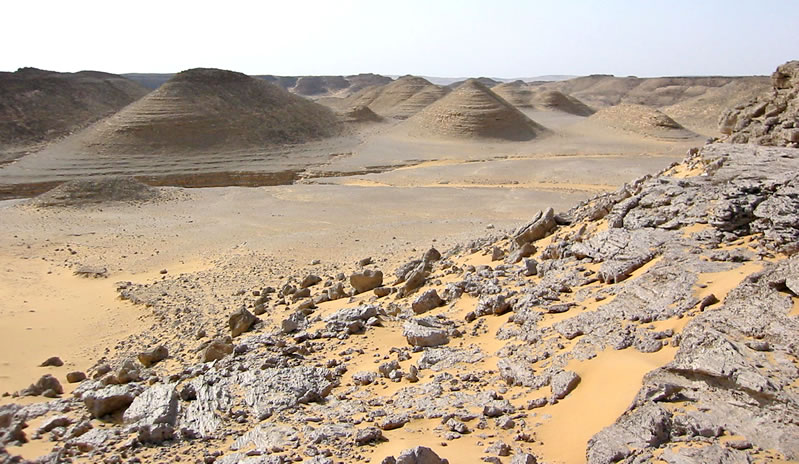
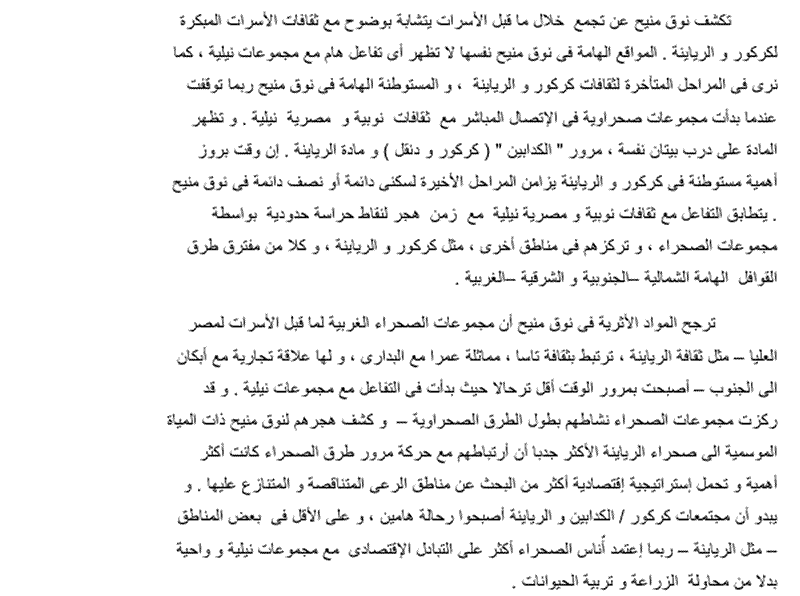
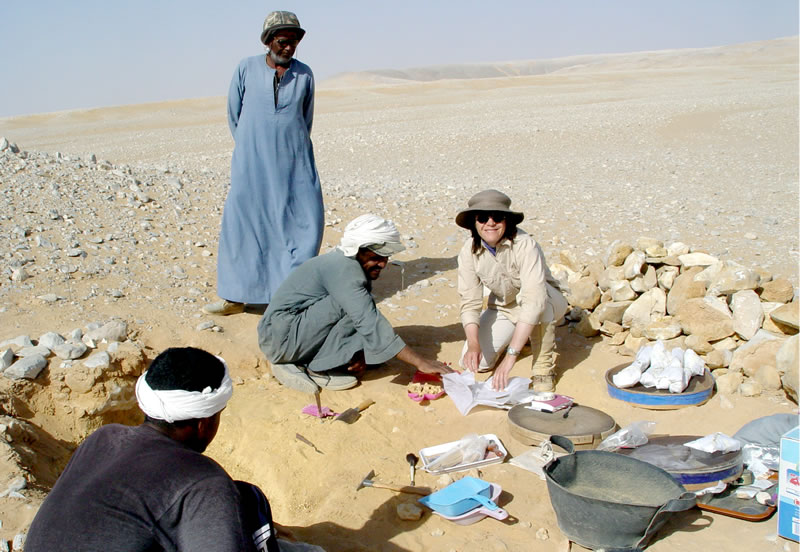
Notes
- 1. This is a shortened and photographically slightly augmented version of an article by the authors in D. Raue, ed., The Archaeology of the First Cataract (in press).
- 2. A. Weigall, “A Nubian Highway,” in: Travels in the Upper Egyptian Desert (Edinburgh, 1909), pp. 169-93.
- 3. For a preliminary presentation, see D. Darnell, “Gravel of the Desert and Broken Pots in the Road,” in: R. Friedman (ed.), Egypt and Nubia — Gifts of the Desert (London, 2002), pp.166-169.
- 4. Compare K.W. Butzer and C.L. Hansen, Desert and River in Nubia (Madison, Milwaukee, and London, 1968), with pp. 334-394 devoted to Kurkur.
- 5. Such as C.A. Reed, A Natural History Study of Kurkur Oasis, Libyan Desert, Western Governorate, Egypt, Postilla 84 (New Haven, CT, 1964); idem, M.A. Baumhoff, K.W. Butzer, H. Walter, and D.S. Boloyan, “Preliminary Report on the Archaeological Aspects of the Research of the Yale University Prehistoric Expedition to Nubia, 1962-1963,” in: Fouilles en Nubie (1961-1962) (Cairo, 1967), pp. 145-156. See also Butzer and Hansen, Desert and River in Nubia, pp. 389-394; K.W. Butzer, “Kurkur Oasis,” LdÄ III (1979): 884.
- 6. J.J. Hester and P.M. Hobler, Prehistoric Settlement Patterns in the Libyan Desert, University of Utah Anthropological Papers 92, Nubian Series 4 (Salt Lake City, 1969), pp. 133-152 (Kurkur).
- 7. See the preliminary presentation in J.C. Darnell, “The Route of Eleventh Dynasty Expansion into Nubia,” ZÄS 131 (2004): 23-37.
- 8. For the route from West Aswan to Kurkur see J. Ball, On the Topographical and Geological Results of a Reconnaissance-Survey of Jebel Garra and the Oasis of Kurkur (Cairo, 1902) 18-19.
- 9. For the Tingar road, see Ball, Oasis of Kurkur, 18-19.
- 10. J.C. Darnell, “Opening the Narrow Doors of the Desert,” in Friedman (ed.), Egypt and Nubia, pp. 149-150; J. C. Darnell, ZÄS 131 (2004): 29 n. 28.
- 11. D. Darnell, in: Friedman (ed.), Egypt and Nubia, pp. 159-160; H. Riemer, “News About the Clayton Rings: Long Distance Desert Travellers During Egypt’s Predynastic,” in: S. Hendrickx, et al., (eds.), Egypt at Its Origins: Studies in Memory of Barbara Adams, OLA 138 (Leuven, 2004), pp. 971-989. A possible Nile Valley occurrence may be P. Kopp, Elephantine XXXII: Die Siedlung der Naqadazeit, AVDAIK 118, (Mainz am Rhein, 2006), pp. 139 and pl. 29, catalogue no. 459.
- 12. For the lack of Kerma Moyenne material in Egypt proper, and the presence of Kerma material in the oases, see B. Gratien, “Kerma People in Egypt (Middle and Classic Kerma),” in: K. Kroeper, M. Chlodnicki, and M. Kobusiewicz (eds.), Archaeology of Early Northeastern Africa (Poznán, 2006), pp. 119-134.
- 13. Compare A. Vila et al., Le cimitière kermaïque d’Ukma Ouest (Paris, 1987), pp. 127-8, object 151/1, fig. 129; p. 197, fig. 220, no. 22/4.
- 14. Vila et al., Le cimitière kermaïque d’Ukma Ouest, p. 59, fig. 67.2, object 26/6; p. 138, fig. 144.1, object 171/2; p. 197, fig. 221, objects 154/5 and 42/1.
- 15. The shape and decoration are compatible with A-Group material — compare H.-Å. Nordström, Neolithic and A-Group Sites, SJE 3 (Lund, 1972), p. 76 (herring-bone pattern) and pl. 36, AIa19 (shape) and AIa23 (decoration). Sherds of apparently similar fabric and decoration also appear at Hemamieh (G. Brunton and G. Caton-Thompson, The Badarian Civilisation, and Predynastic Remains near Badari [London, 1928], pls. 72 [no. 121], 73 [nos. 147-148], and 85 [no. 211]) and at the “Saharan” sites of Armant (R. Mond and O.H. Myers, Cemeteries of Armant I [London, 1937], pl. 74, fig. 4).
- 16. For the shape compare D. Dunham, Excavations at Kerma, Part VI (Boston, 1982), pp. 230-232, types 114 and 119 (some with similar decoration); B. Privati, Nouveaux elements pour une classification de la céramique du Kerma Ancien (Genava, 1982), 57, Tomb 1, no. 1. For the decoration as present in C-Group, Pan Grave, and Kerma contexts, see B. Gratien, “Les pots de cuisson nubiens et les bols décorés de la première moitié du IIe millénaire avant J.-C., problèmes d’identification, ” CCÉ 6 (2000) : 114-115 and fig. 1, b and c., 120.
- 17. Compare E. Czerny, Tell El-Dab‘a IX: eine Plansiedlung des frühen Mittleren Reiches (Vienna, 1999), p. 146 (Nf160), early Middle Kingdom.
- 18. G. Caton-Thompson, Kharga Oasis in Prehistory (London, 1952) 166-167 and fig. 36; for the possibility of mound hearths, see Hester and Hobler, Prehistoric Settlement Patterns in the Libyan Desert, p. 52.
- 19. Compare Nordström, Neolithic and A-Group Sites, pp. 58-60 (note the red ochre coating on some vessels in Ware Group M4), and pl. 141, figs. 1 and 2.
- 20. The rim corresponds to J. Linstädter with U. Tegtmeier, Wadi Bakht, Africa Praehistorica 18 (Cologne, 2005) 128, fig. 9. The fabric is related — if not identical — to an oasis ware that fires to a buff-yellow color with a blue-gray core, common at Gebel Ghueita in Kharga Oasis for local versions of Nile silt vessel forms.
- 21. Hester and Hobler, Prehistoric Settlement Patterns in the Libyan Desert, pp. 51-57.
- 22. See Caton-Thompson, Kharga Oasis in Prehistory, pp. 43-45, pl. 124.
- 23. D. Darnell, in Friedman, ed., Egypt and Nubia, pp. 157-162.
- 24. J.C. Darnell, “A Stela of the Reign of Tutankhamun from the Region of Kurkur Oasis.” SAK 31 (2003): 73-91; idem., “A Stela of Seti I from the Region of Kurkur Oasis,” in S. Snape (ed). Studies in Honor of Kenneth Kitchen. in press.
- 25. Gebel Tingar: Weigall, Travels in the Upper Egyptian Desert, pp. 169-193; Wadi Mia at the Sety I temple: ibid., pp. 163-64; Hathor shrine at Serabit el-Khadim: W.M.F. Petrie, Researches in Sinai (London, 1906), pp. 63-65, figs. 75-76; Ain Amur Road from Kharga: Winlock, Ed Dakhleh Oasis: Journal of a Camel Trip Made in 1908 (New York, 1936), p. 44 and pl. 33; route from Dush in Kharga: Giddy, Egyptian Oases, p. 9; Gascou, Wagner, and Grossman, “Deux voyages archéologiques dans l’Oasis de Khargeh,” BIFAO 79 (1979): 4-7; Gascou, et. al., “Douch: Rapport Préliminaire des Campagnes de Fouilles de l’Hiver 1978/1979 et de l’Automne 1979,” BIFAO 80 (1980): 291-293 and fig. 3; Gebel Antef: J.C. Darnell and D. Darnell, “The Luxor-Farshût Desert Road Project,” in Oriental Institute Annual Report 1993-1994 (Chicago, 1994), available on line at http://oi.uchicago.edu/research/pubs/ar/93-94/desert_road.html (01.08.2008); J.C. Darnell, “The Narrow Doors of the Desert,” in: B. David and M. Wilson (eds.), Inscribed Landscapes: Marking and Making Place (Honolulu, 2002), p. 112.
- 26. Only G.W. Murray, “The Road to Chephren’s Quarries,” Geographical Journal 94 (1939): 100-101, has previously described the Nuq‘ el-Menih archaeologically. On the basis of Murray’s description of the site, Nuq‘ Maneih also appears in H.-J. Pachur, “Tethering Stones as Palaeoenvironmental Indicators,” Sahara 4 (1991): 13-32 (note the map on p. 15, fig. 1).
- 27. D. Darnell, in: Friedman (ed.), Egypt and Nubia, pp. 158-159, and 175 n. 2; C. Hope, “Early and Mid-Holocene Ceramics from the Dakhleh Oasis: Traditions and Influences,” in: Friedman (ed.), Egypt and Nubia, p. 40 (Masara Unit and noting that a coarse shale-tempered fabric was also used in the Old Kingdom) and 48-50 and pl. 59 (Late Sheikh Muftah use of a coarse shale-tempered fabric); idem, “Pottery Manufacture in the Dakhleh Oasis,” in: C.S. Churcher and A.J. Mills (eds.), Reports from the Survey of the Dakhleh Oasis, Western Desert of Egypt 1977-1987 (Oxford, 1999), p. 222, Group 3 (“Very coarse wares made in a heavily shale-tempered fabric fired a wide range of colors…”).
- 28. M. Kobusiewicz et al., “Discovery of the First Neolithic Cemetery in the Western Desert of Egypt,” Antiquity 78 (2004): 545-557.
- 29. See M.C. Gatto, “Early Neolithic Pottery of the Nabta-Kiseiba Area: Stylistic Attributes and Regional Relationships”, in: K. Nelson and Associates, Holocene Settlement of the Egyptian Sahara 2: The Pottery of Nabta Playa (New York, 2002), pp. 66-70. The fabric is probably Gatto’s Fabric I (Nordström Fabric IA), the fabric and decoration combination being Gatto’s Ware B — M.C. Gatto, “The Khartoum Variant Pottery in Context: Rethinking the Early and Middle Holocene Nubian Sequence,” Archéologie du Nil Moyen 10 (2006): 57-70.

